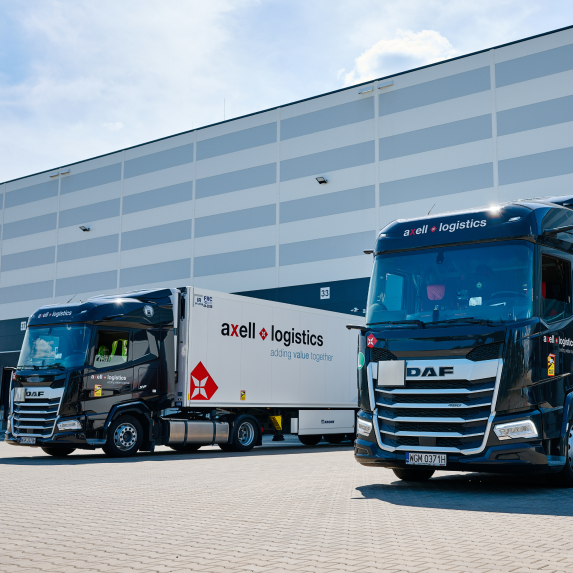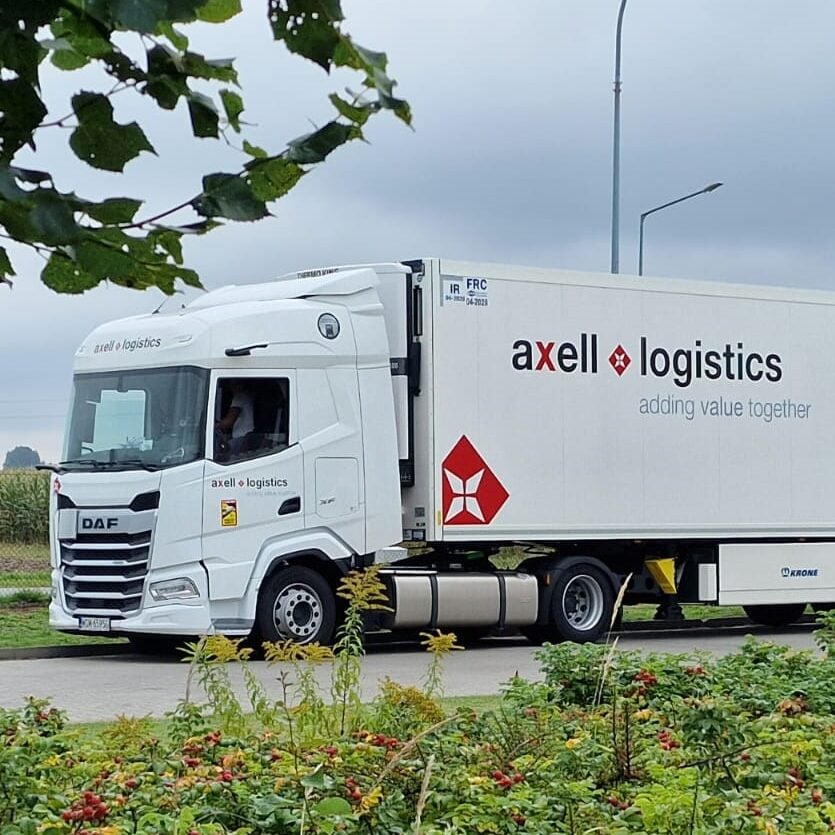Understanding the key phases of the warehousing process is essential for anyone aiming to manage their supply chain efficiently. In logistics, every detail matters, and knowing each phase isn’t just useful—it’s critical. This article breaks down the phases, highlighting their importance and impact on operational efficiency and effectiveness. Mastering each step not only improves performance but also helps reduce costs and enhance customer satisfaction.
Why should you know the core phases of the warehousing process?
Warehousing is much more than simply storing goods. It consists of five main stages: goods receipt, storage and maintenance, order picking, shipping and distribution, and returns and complaints handling. Each of these phases requires a tailored approach, precision, and best practices to ensure smooth operations and optimal space utilization. Understanding how these phases are interconnected helps minimize errors, reduce operational costs, and improve customer satisfaction.

Phase 1 – Goods Receipt
This is the foundation of effective warehouse management. At this stage, incoming goods are checked for accuracy, condition, and quality. Key tasks include thorough verification, quality control, and detailed documentation. It also involves proper labeling and registering in the warehouse system, which supports future inventory control. Mistakes at this stage can have significant downstream consequences, which is why accuracy and consistency are critical.
Challenges: Managing product flow and identification
Best practices: Use automated systems for scanning and labeling to reduce errors
Phase 2 – Storage and Maintenance
Once goods are received and verified, they are placed in the warehouse. Efficient space utilization and maintaining proper storage conditions are essential to preserve product quality. Depending on the product, this may include temperature control, humidity regulation, and protection from damage. Inventory is reviewed regularly, and shelf life is managed—often through the WMS (Warehouse Management System). Storage is about both space optimization and product care.
Phase 3 – Order Picking
Order picking is a crucial phase where operational efficiency directly affects customer satisfaction. Goods are selected and assembled according to order specifications. Speed and accuracy are essential. Advanced WMS systems help locate items and guide staff through the picking process. Barcode scanning helps prevent errors. Proper packaging is also vital to prevent damage during transport. Effective picking leads to faster delivery and better customer experiences.
Phase 4 – Shipping and Distribution
In this phase, goods leave the warehouse and are sent to the customer. Efficient logistics are key: planning transport routes, selecting the right transport methods, and ensuring timely deliveries. Transport management systems (TMS) and GPS tools help reduce costs and improve accuracy. Real-time shipment tracking provides visibility for both the company and its customers. Timely and organized shipping plays a central role in customer satisfaction and company reputation.
Phase 5 – Returns and Complaints Management
Often considered a challenge, this final phase is also vital for customer trust and loyalty. It includes processing returns and handling complaints efficiently and fairly. This requires clear procedures and flexible operations. Returned goods are evaluated, processed, and possibly reused. Fast and effective complaint handling enhances product quality and customer experience. Strong returns management not only reduces losses but builds a brand image of responsiveness and care.
Manage warehousing process efficiently
Each phase of the warehousing process—from receipt and storage to order picking, distribution, and returns—requires attention to detail, precision, and operational best practices. Effective management of these stages improves overall supply chain performance and strengthens your market position. By refining every element, from technology to workflows, your business can thrive in the ever-evolving logistics landscape.






















